
Explore Middle Eastern Marble and Natural Stone Markets
The Middle East and West Asia are renowned for their rich reserves of natural stones, including marble, travertine, sandstone, granite, and quartzite. These materials are not only integral to the region's architectural heritage but also serve as high-demand commodities in global construction and interior design markets. As the largest producers and exporters of these stones, Middle Eastern suppliers face unique opportunities and challenges in connecting with international buyers, ensuring quality standards, and navigating complex supply chains. This is where Aritral.com revolutionizes the trade landscape.
Aritral.com is an AI-driven B2B platform designed to simplify international trade in commodities like natural stones. It empowers suppliers, importers, and exporters by offering streamlined product listings, direct communication tools, and AI-powered marketing insights. Suppliers can showcase their marble, travertine, or granite offerings to a global audience while leveraging data-driven tools to optimize their visibility. Importers gain access to a curated list of verified suppliers, making it easier to source premium materials for construction or design projects. Exporters benefit from global sales assistance, ensuring their products reach markets in Europe, Asia, and beyond.
The Middle East's natural stone market is thriving, with growing demand for high-quality materials for interior and exterior applications. Aritral.com bridges the gap between buyers and sellers, enabling efficient transactions and fostering trust in the supply chain. By creating a profile on Aritral, businesses gain a competitive edge, tapping into a network of reliable partners and unlocking growth opportunities in the lucrative natural stone sector. Sign up today to explore new horizons in the trade of marble, travertine, sandstone, and more.
-
 Almas Astone 4 months ago
Almas Astone 4 months ago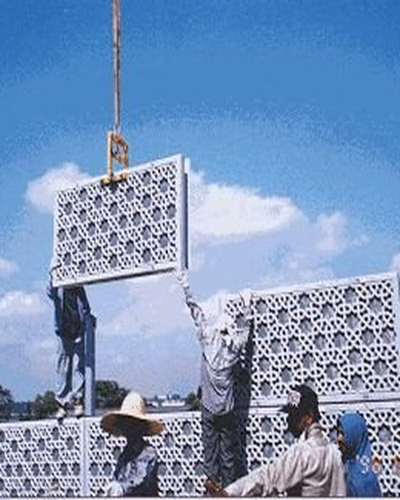 Iran
Export of all stone building products
Iran
Export of all stone building products
Production of various stone building products. Internal wall panels, external facade, production of various artificial stones including nano cement pl...Details
-
 Javaher 2 months ago
Javaher 2 months ago Iran
Rare Stone
Iran
Rare Stone
Rare stones and jewelsDetails
-
 Btm 4 months ago
Btm 4 months ago Pakistan
BTM Associate's
Pakistan
BTM Associate's
GeologistDetails
-
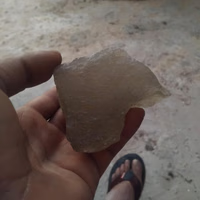 Nizk Thalji F 2 months ago
Nizk Thalji F 2 months ago Egypt
Snowy Color Meteor
Egypt
Snowy Color Meteor
Snowy Colored MeteorDetails
-
 Ghaderi 4 months ago
Ghaderi 4 months ago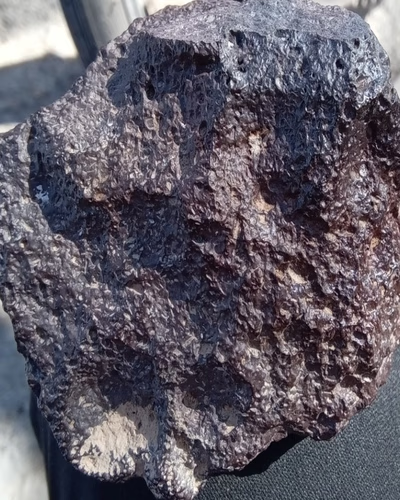 Iran
Diamond Meteorite
Iran
Diamond Meteorite
Diamond meteorite weighing three hundred grams, Yazd, IranDetails
-
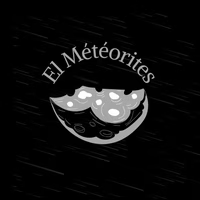 Najmedin 2 months ago
Najmedin 2 months ago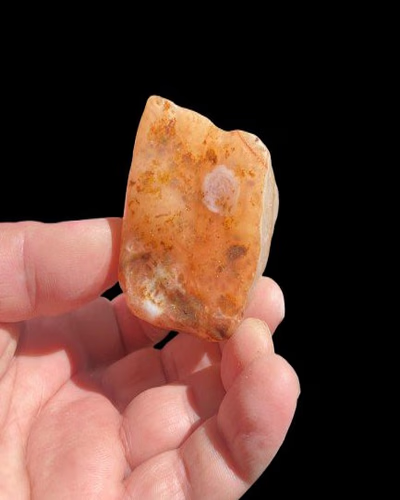 Morocco
Yellow Dendritic Opal (Merlinite)
Morocco
Yellow Dendritic Opal (Merlinite)
Dendritic opal, also known as merlinite, is a stone that combines white quartz with dendritic inclusions of psilomelane, thus creating a stone with un...Details
-
 Rocu Gems Trading Ltd. 2 months ago
Rocu Gems Trading Ltd. 2 months ago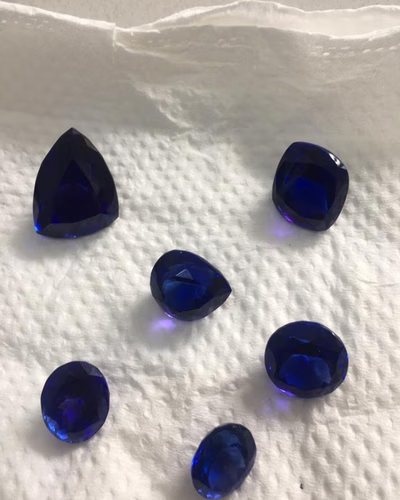 Tanzania
Gemstones
Tanzania
Gemstones
The gemstones of Tanzanite, sapphires, rubies, and spinels are the top gemstones extracted from our mines in Tanzania. \nSpeaking of Tanzanite, it is ...Details
-
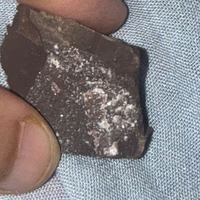 Yahya 2 months ago
Yahya 2 months ago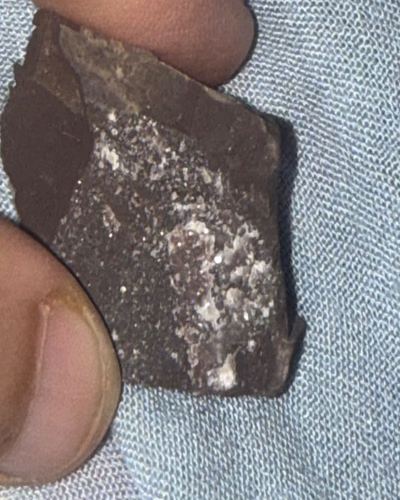 Mauritania
Stone
Mauritania
Stone
Raw stoneDetails
-
 Mohammad Asaf 2 months ago
Mohammad Asaf 2 months ago Syria
Precious Stones
Syria
Precious Stones
Precious StonesDetails
-
 Kadir Altas 5 months ago
Kadir Altas 5 months ago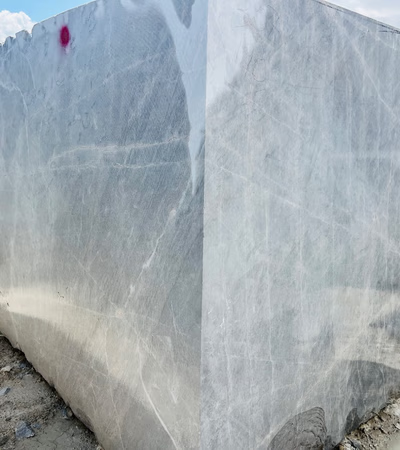 Turkey
Block Marble Travertine
Turkey
Block Marble Travertine
Raw block marble travertine and processed marble travertineDetails
-
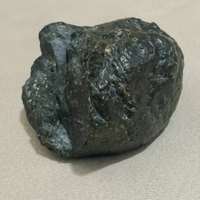 Sara 2 months ago
Sara 2 months ago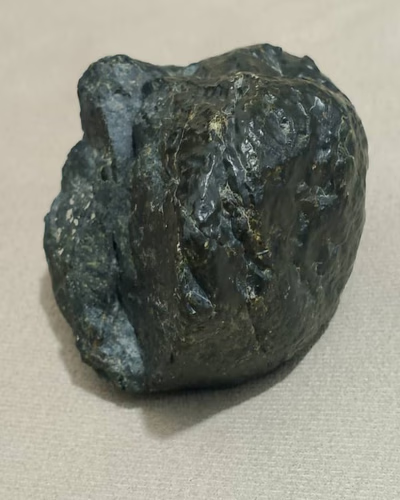 Oman
Meteorite
Oman
Meteorite
Meteorite in various and interesting piecesDetails
-
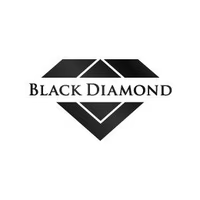 Eng. Lotfy Kamel 5 months ago
Eng. Lotfy Kamel 5 months ago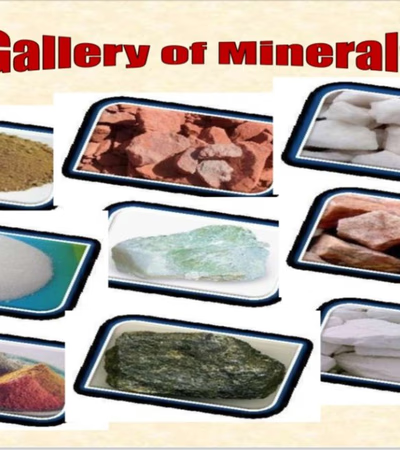 Egypt
Mineral and Industrial Raw Materials
Egypt
Mineral and Industrial Raw Materials
We are a rapidly growing Egyptian company, founded by a group of specialized experts who have great experience in the field of trade, mining, and supp...Details
-
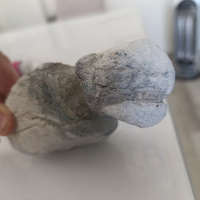 Halil 2 months ago
Halil 2 months ago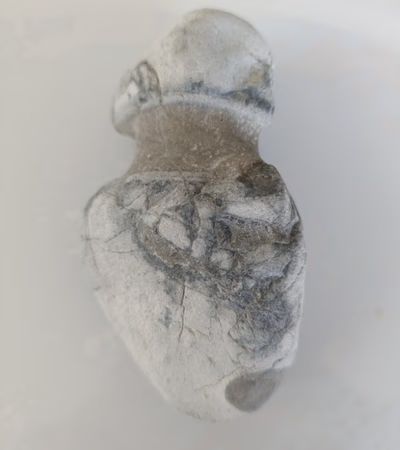 Turkey
halil Mehmet halil
Turkey
halil Mehmet halil
has been found on the beachDetails
-
 Gogoods 2 months ago
Gogoods 2 months ago Armenia
B2B Company in Armenia
Armenia
B2B Company in Armenia
We are proud to offer a wide and diverse range of products including industrial goods, agricultural products, building materials, food items, pet supp...Details
-
 Natural 5 months ago
Natural 5 months ago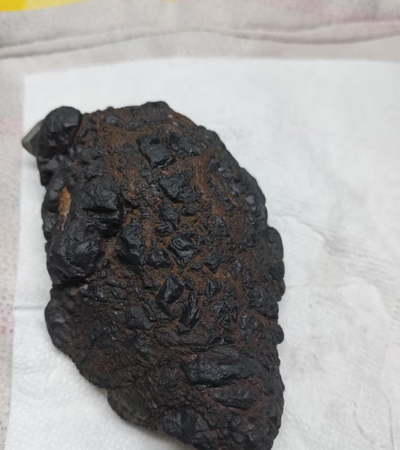 Iraq
Natural
Iraq
Natural
NaturalDetails
-
 Shahzaib 6 months ago
Shahzaib 6 months ago Pakistan
Meteorite
Pakistan
Meteorite
MeteoriteDetails
-
Middle East Granite Trade: Trends in Natural Stone Commerce
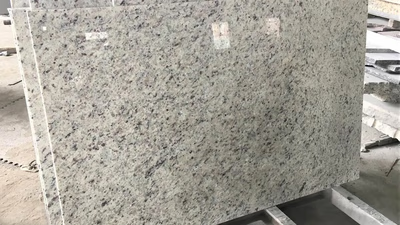
The Middle East has emerged as a pivotal hub in the global trade of natural stones, including granite, marble, sandstone, quartzite, and travertine. Leveraging advanced B2B platforms, such as those prevalent in West Asia, the region facilitates seamless connections between verified exporters and importers, bolstering its position in the international natural stone market. Granite, a durable igneous rock prized for its strength and versatility, is a cornerstone of this trade. Widely used in construction for tiles, paving slabs, countertops, and facades, granite finds robust demand across the Middle East and beyond. Regional suppliers offer distinct advantages, including high-quality stone, competitive pricing, and proximity to global shipping lanes. Buyers benefit from refined supply chain solutions and comprehensive product listings on Middle Eastern trade platforms, which provide insights into market trends and verified trading partners. While granite is celebrated for its resilience and aesthetic appeal, it can pose challenges such as higher costs and complex installation requirements. However, the advantages often outweigh these drawbacks, particularly when sourcing from West Asia, where economies of scale and advanced logistics mitigate such concerns.
In addition to granite, the Middle East is a leader in sandstone and quartzite trade. Quartzite, known for its hardness and suitability for both interior and exterior applications, is mined extensively in the region. Similarly, travertine, a popular choice for tiles and facades, benefits from the Middle East"s strategic presence in the natural stone market. Aritral, an AI-driven B2B platform, simplifies international trade by offering services such as product listing, direct communication, and AI-powered marketing, ensuring a streamlined experience for natural granite buyers and sellers. By connecting traders and providing actionable market insights, platforms like Aritral fortify the Middle East"s dominance in the natural stone trade.
-
Natural Stone Trade in the Middle East: Marble, Granite, and More
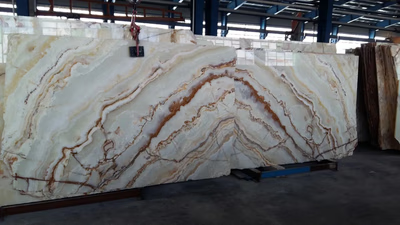
In the dynamic landscape of the Middle East’s commodity trade, natural stones such as marble, travertine, sandstone, granite, and quartzite are pivotal. These stones are not only essential for the region’s construction and design industries but also play a significant role in its export economy. Known for their unique textures and material properties, Middle Eastern marbles, including the renowned ‘Magical Middle Eastern Marble,’ are sought after for building facades, flooring, and decorative applications. The region serves as a hub for verified exporters and importers, offering a rich selection of natural marble tiles and flooring options. Travertine, a hallmark building stone in the Middle East, is extensively traded in the region due to its durability and aesthetic appeal. Its market, driven by large-scale projects and architectural trends, underscores the Middle East’s position as a significant stone producer and exporter. Similarly, sandstone, with its versatility in cladding facades, garden furniture, and pool designs, is highly valued. This material’s properties, such as weather resistance and natural beauty, make it a preferred choice for both functional and decorative uses.
Granite and quartzite, known for their robustness, are indispensable in the construction of pavements, interior facades, and other high-strength applications. The Middle East granite market continues to attract buyers and sellers, capitalizing on regional infrastructure growth. Quartzite, in particular, is mined extensively and is favored for its hardness and adaptability in exterior and interior designs. Platforms like Aritral simplify the complexities of this trade by offering regional product listings, market insights, and AI-powered marketing tools, fostering seamless business networking. For importers and exporters looking to tap into the natural stone trade of West Asia, such platforms provide a streamlined approach to engage with verified partners and leverage the growing demand for premium quality stones.
-
Quartzite and Natural Stone Trade in the Middle East

Quartzite is a highly durable metamorphic rock widely used for both exterior and interior facades, making it a prized commodity in the global natural stone trade. The Middle East has emerged as a dominant player in the trade of quartzite and other natural stones such as marble, granite, travertine, and sandstone, leveraging advanced B2B platforms and verified exporter networks. With the presence of extensive quartzite mines and being home to the largest stone producers and exporters in the region, the Middle East propels the growth of natural stone commerce across West Asia and beyond. The region’s ability to lead in this sector hinges on its robust trade platforms, such as those offering regional product listings, market insights, and direct communication between buyers and sellers. Verified exporters and importers enhance trust and transparency, ensuring high-quality supply chain solutions for stakeholders. Quartzite, along with other natural stones, is featured prominently on these platforms, enabling businesses to explore offerings tailored to global and regional demand. Middle Eastern B2B marketplaces provide vital market insights into trends like the growing demand for travertine tiles and granite slabs. These platforms also facilitate business networking opportunities, enabling buyers and sellers to connect seamlessly.
Quartzite’s unique properties—its hardness and aesthetic appeal—make it an excellent choice for construction and design, reinforcing its status as a sought-after material in the commodity trade. Aritral, an AI-driven B2B platform, simplifies the trade of quartzite and other natural stones by offering services like product listing, global sales assistance, and AI-powered marketing strategies. As the Middle East continues to dominate natural stone commerce, businesses can rely on these technological solutions to navigate the evolving landscape with efficiency and precision.
-
Middle East Sandstone Trade: A Hub for Natural Stone Commerce
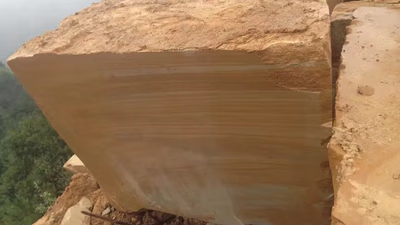
Sandstone, a versatile natural stone, is a cornerstone of the Middle East’s thriving trade in commodities. As a prominent material in construction and design, sandstone is widely used for facades, interior walls, garden furniture, and outdoor installations like patio tables and swimming pool edges. Its properties—durability, aesthetic appeal, and adaptability—make it a preferred choice in the natural stone market. Characterized by its grains, colors, and textures, sandstone is abundant in West Asia, home to various deposits of high-quality materials suitable for global export. The Middle East excels in the trade of natural stones, including sandstone, marble, granite, quartzite, and travertine, leveraging advanced B2B platforms to match verified exporters and buyers. The regional B2B marketplaces serve as hubs for product listings, market insights, and direct communication, ensuring streamlined supply chain solutions. With robust networks of verified exporters and importers, these platforms offer transparency and trust in transactions. Sandstone’s popularity stems not only from its applications but also its ability to compete with granite and quartzite in durability and aesthetics.
Middle Eastern B2B trade platforms, such as Aritral, play a critical role in simplifying international trade for natural stones. They provide AI-powered tools for marketing, global sales assistance, and profile management, helping businesses access the expansive market for commodities like sandstone. These platforms also highlight regional sandstone listings alongside marble, granite, and quartzite, enabling buyers to compare properties and make informed decisions. As the largest stone producer and exporter in the region, the Middle East continues to lead global trends in natural stone trade, particularly through its focus on verified markets and innovative supply chain strategies. Sandstone remains a centerpiece of this trade, offering unmatched versatility and appeal in global markets.
-
Middle East Travertine and Natural Stone Trade Insights
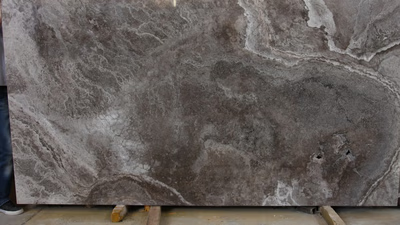
Travertine, a naturally occurring limestone prized for its unique texture and elegance, has become a cornerstone of luxury architecture and decoration across the Middle East. As demand for high-quality natural stones like travertine, marble, granite, and quartzite grows, the region has emerged as a global leader in the natural stone trade. Platforms facilitating West Asia import-export operations, such as B2B marketplaces, play a pivotal role in streamlining this trade by connecting verified exporters and importers with reliable supply chain solutions. The Middle Eastern travertine market, particularly in countries like Turkey and Iran, thrives due to the abundant regional deposits and the stone"s versatility in design applications. Travertine’s porous texture and earthy tones make it ideal for cladding facades, interior walls, garden benches, pool edges, and patio tables. Unlike marble, which is denser and more polished, travertine offers a unique ‘leather’ texture that blends rustic charm with modern aesthetics. B2B marketplaces in the Middle East are instrumental in showcasing travertine tiles and slabs alongside other natural stones such as sandstone and granite. Verified trade solutions ensure seamless transactions, while trade advertising platforms provide insights into market trends and demand fluctuations.
The use of codes like 680221 (cut or sawn stones) and 680291 (processed stone) standardizes trade within the region. The travertine market benefits from the growing preference for natural materials in sustainable construction and interior design. However, challenges such as maintenance requirements and susceptibility to staining are key considerations for buyers. Still, the stone"s durability and timeless appeal make it a preferred choice for both residential and commercial projects. Aritral, an AI-driven B2B platform, simplifies international commodity trade by offering product listings, AI-powered marketing, and account management, further enhancing accessibility in this competitive market.
-
West Asian (Middle East) Crystal Marble

Crystal Marble, primarily white with crystal-like formations, is a highly sought-after stone in the Middle East. Its bright, translucent appearance makes it ideal for various applications, including countertops and wall cladding. The region boasts a diverse range of marbles, such as Carrara and Botticino, each with unique characteristics. Crystal Marble is classified as a metamorphic rock, primarily composed of calcite, and is known for its durability and aesthetic appeal. It is processed into slabs for use in both interior and exterior applications, thanks to its resistance to moisture and sunlight. The demand for this marble is high due to its ability to enhance space, making it appear larger. Pricing is influenced by factors such as extraction location and processing methods. Notably, Azna and Aligudarz porcelain are popular choices due to their variety and affordability.
The intricate veining and patterns found in Middle Eastern marbles add to their allure, making each piece unique. Skilled artisans in the region continue to uphold traditional quarrying and processing techniques, ensuring high-quality products. These marbles are not only used locally but are also exported globally, appealing to architects and designers for their beauty and versatility. Overall, the Middle East"s rich marble heritage and the availability of verified exporters and importers make it a key player in the global natural stone market."
-
West Asia (Middle East) Travertine

Travertine is a natural stone formed from limestone over thousands of years, characterized by its layered and porous structure. Predominantly found in West Asia, it features warm earthy tones such as beige, cream, and brown, making it a popular choice for both interior and exterior applications. Known for its durability, travertine resists cracking and chipping, making it ideal for flooring, wall cladding, and outdoor paving. Its historical significance, seen in ancient structures like the Roman Colosseum, adds to its timeless appeal. The Middle East and Italy are major suppliers of travertine, which is prized for its unique color variations and textures. The stone"s porosity provides excellent insulation for sound and heat, contributing to energy efficiency in buildings. With various finishes available, including polished and honed, travertine can suit diverse design preferences. Its environmentally friendly nature, coupled with low maintenance requirements, makes it a sustainable choice for construction. West Asian travertine is particularly noted for its light colors and unique patterns, enhancing its desirability in the market."
-
West Asian (Middle East) Granite

Granite, an igneous rock formed from molten magma, is prevalent in West Asia, known for its durability and strength. Composed mainly of quartz, feldspar, and mica, its composition varies by region and quarry, leading to diverse local varieties in color and pattern. Countries like Saudi Arabia, Iran, and Turkey are notable for their unique granite types. This stone is non-porous, resistant to scratching, heat, and staining, making it ideal for high-traffic areas and outdoor applications. Minimal maintenance is required, with regular cleaning sufficient to maintain its luster. Historically significant, granite has been used in ancient structures and monuments, enhancing its desirability. Its versatility allows for various applications, including kitchen countertops, flooring, and decorative features. The aesthetic appeal of West Asian granite, available in hues like white, gray, black, brown, and red, further contributes to its popularity among designers and builders.
With its high resistance to abrasion and chemical penetration, granite is a preferred choice for both interior and exterior uses, including facades of important buildings. The growing demand for granite in the Middle East highlights the importance of verified exporters and importers within the regional trade platform, facilitating B2B marketplace connections and supply chain solutions.
-
Properties of West Asian (Middle East) Building Stones

West Asian building stones are renowned for their durability and heat resistance, making them ideal for the region"s harsh climates. Their aesthetic appeal, characterized by vibrant colors and unique textures, enhances the visual quality of structures. These stones also provide safety features, such as slip resistance in outdoor applications, which is crucial for high-traffic areas. Additionally, certain stones offer natural insulation, promoting energy efficiency by regulating indoor temperatures. The processing of these stones involves techniques that enhance their resistance to heat, discoloration, and water penetration, ensuring longevity and ease of maintenance. Choosing the right stone is essential, as factors like water absorption and strength vary among types. Thicker stones are typically used for structural elements, while thinner varieties are suited for flooring and walls. The weight of the stones also plays a significant role in construction, as buildings must not exceed certain weight limits. Overall, the natural stones of West Asia are not only strong and resilient but also versatile, allowing for intricate designs and architectural features."
-
Most Popular Natural Stones in West Asia (Middle East)

The Middle East is a significant player in the global natural stone market, being the fourth largest producer of building stones after Italy, China, and India. The region boasts a rich diversity of natural stones, including marble, granite, limestone, travertine, basalt, and sandstone, each with unique properties and applications. Marble is favored for its elegance and intricate patterns, while granite is valued for its durability and heat resistance. Limestone and travertine are commonly used for exterior cladding and flooring, with travertine"s porous nature making it ideal for outdoor use. The geological diversity of the Middle East contributes to a wide variety of decorative stones, particularly in Iran, which holds the largest reserves and offers a range of colors and qualities. The projected value of construction projects in the Gulf Arab states, Iran, and Iraq is estimated to exceed $697 billion over the next decade, indicating a substantial market for building stones. With an estimated 34.85 billion dollars per year allocated to building stone consumption, the region"s stone industry is poised for growth. The Middle East"s natural stone sector is supported by a robust network of mines, with thousands dedicated to decorative stones, ensuring a steady supply for both local and international markets. As the demand for high-quality building materials continues to rise, the Middle East"s trade platform for natural stones is becoming increasingly vital for B2B transactions and regional product listings.
-
West Asian (Middle East) Limestone

Limestone, primarily composed of calcium carbonate, is a versatile natural stone found in West Asia. It forms through the deposition of organic materials in marine environments, resulting in a variety of colors and textures. Commonly used in construction, limestone serves as an ideal material for flooring, wall cladding, and countertops due to its aesthetic appeal and durability. However, it is less hard than granite and may be susceptible to etching and staining. Proper care, including sealing and regular cleaning, is essential for maintaining its integrity. The Middle East"s limestone, particularly from local mines, is known for its light tones and affordability, making it a popular choice in architectural projects. Historical landmarks in the region, such as Petra and the Great Pyramids, showcase limestone"s enduring qualities. While quarrying limestone involves energy use, it is considered a sustainable option due to its natural formation and abundant availability. Overall, West Asian limestone remains a favored material in both contemporary and traditional architecture, reflecting its rich cultural heritage and practical benefits in construction.
-
West Asia (Middle East) marble stones

West Asia is renowned for its diverse marble varieties, including Carrara, Botticino, Emperador, and Crema Marfil, each showcasing unique colors and patterns. These marbles are highly valued for their aesthetic appeal, versatility, and historical significance in architecture, dating back thousands of years. They are commonly utilized in flooring, wall cladding, countertops, and decorative elements due to their durability and ability to be finished in various ways. The region"s marble craftsmanship is exceptional, with artisans creating intricate designs that enhance the beauty of the stones. West Asian marbles, such as Dehbid and Khoy, are durable and suitable for high-traffic areas, making them ideal for both residential and commercial applications. Their cultural significance is profound, often associated with luxury and architectural excellence, as seen in historical structures like the Taj Mahal. The unique properties of marble, including its resistance to heat, water, and scratches, further contribute to its desirability in modern design. With proper maintenance, West Asian marble can maintain its elegance and structural integrity for years, making it a timeless choice for various applications."
-
Uses of Building Stone

Natural stones are essential in construction, offering durability and aesthetic appeal for various applications. Commonly used stones include marble, granite, limestone, and travertine, which are favored for flooring due to their strength and diverse colors. They enhance building facades and interior walls, providing a sophisticated look and texture. In addition to flooring, natural stones are ideal for wall cladding, accent walls, and staircases, contributing to luxury in residential and commercial spaces. Their water resistance makes them suitable for bathrooms, while their heat resistance and durability make them popular for kitchen countertops and vanity tops. Outdoor applications include paving, landscaping, and decorative elements, showcasing their versatility. Natural stones are also used in architectural features, sculptures, and urban landscaping, blending functionality with beauty. Their historical significance is evident in ancient structures, emphasizing their timeless appeal. Overall, natural stones play a vital role in enhancing both interior and exterior spaces, offering a unique combination of durability, elegance, and versatility.






































